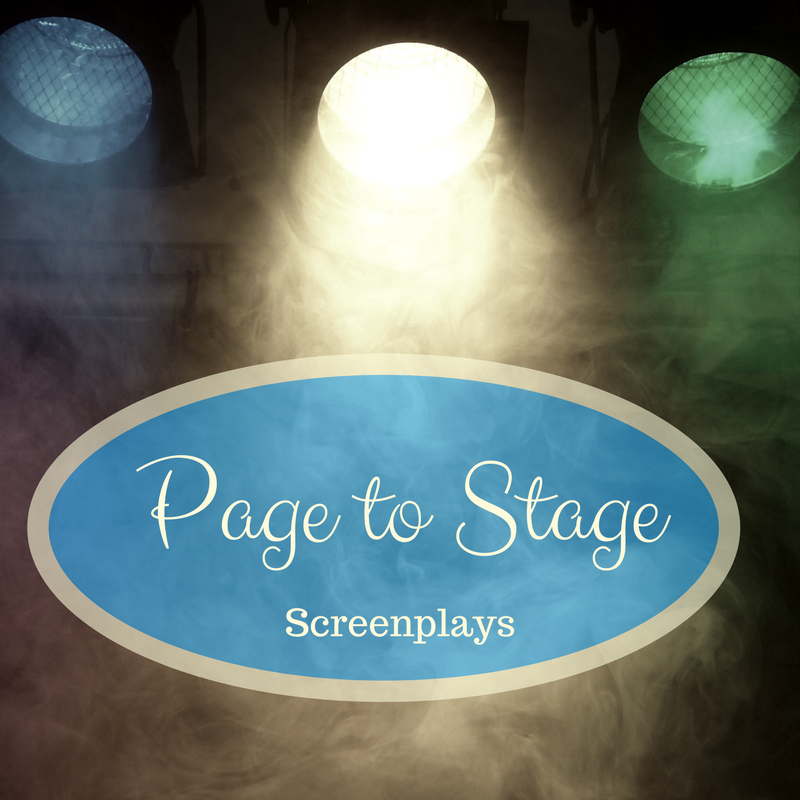This month I want to continue talking about the importance of pacing and screenwriting. I want to emphasize that pacing a story isn’t just necessary for action movies which tend to move quickly on the screen.
All genres of stories need to have an appropriate rhythm and flow of information at just the right time to help the audience understand and the narrative flow smoothly. There are a few devices writers employ to help regulate the pace of the narrative. Below are three common tools writers use:
- Pauses
- Breaks
- Beats (not story beats)
I want to clarify that “beat” isn’t the same as a section of a story, but a brief pause in dialogue or action. These tools aren’t meant to stop or hinder the narrative, but to make it stronger by adding another layer.
If you’ve ever studied a produced professional screenplay, you’ve seen that there is a balance of “whitespace” with text. When reading a screenplay, large blocks of dialogue or descriptions can slow the reader down, the whitespace helps the eyes follow the story without becoming lost or overwhelmed by the text.
Seasoned writers have learned how to “break” their stories to help set specific acts, dialogue, or actions apart from others. Imagine yourself driving and wanting to slow down so you don’t miss your turn or the place of interest you want to see, seasoned drivers understand how to pump the brakes.
Pumping the Brakes
In life, momentum can work against or for us. Sometimes we get so focused on pursuing one thing, we miss out on the small things in life and sometimes that’s what we should have been paying attention to in the first place.
The same principle works in music, sometimes we get so caught up in the rhythm of the song, we neglect listening to the words. If you’ve ever sung or read music, you know songs aren’t made up of just a bunch of notes, there are time signatures and “rests” strategically placed within the song that gives it its unique sound.
Furthermore, not all notes are held for the same length of time, same goes for rests. Musicians know there is no music in a “rest”, but there is the making of music in it. Musical rests help emphasize the notes to come or the preceding notes.
Think about some of your favorite love songs and if you remember those rests, listen to Whitney or Celine. This brings me to the whole purpose of this post, pacing isn’t just important for action movies, pumping the brakes is even more important for dramas, sci-fi, and fantasy films. Romantic movies build tension by slowing the story instead of rushing into love. Fantasies build ministry and suspense by making the audience wait for the unexpected. Below are some scenes from some of my favorite movies where the writers pump the brakes to make the scenes and stories more powerful.
As you can see and hear how powerful pauses in dialogue and action help build intensity into a scene or even just a beat of it. Pumping the brakes also allows the audience to participate in the story by letting them use their own imaginations.
Remember, pacing controls the flow of information on the screen and even their subtext. We don’t want to give away too much information before the narrative comes to a satisfying end.
Endings
To go back to our driving-a-car analogy, sometimes it’s the journey to the destination that makes the final stop worthwhile. Drivers need to know where they are going and how much gas they have in the tank to make sure they get there without running out of fuel.
In the same way, writers can use their momentum to get from plot point to plot point without running out of gas or overshooting the destination. As I end this post on pacing, I want to clarify how exactly writers “write” pauses into their screenplays. Never write the term “beat” because there is more than one use for the term and screenwriting. Below are three common approaches to adding pauses to a screenplay
- (Pause)
- Ellipses (…)
- A brief action line to break up the dialogue or thought
Just like there are different ways to indicate a pause in a screenplay, writers approach pacing differently, some pause on the fly during their writing process; while others don’t finalize a script’s pacing until they work on the final draft by adding the aforementioned elements into the story after it’s been plotted. Once you know where your story is going, it can be easier to know when to pump the brakes!

Martin Johnson survived a severe car accident with a (T.B.I.) Traumatic brain injury which left him legally blind and partially paralyzed on the left side. He is an award-winning Christian screenwriter who has recently finished his first Christian nonfiction book. Martin has spent the last nine years volunteering as an ambassador and promoter for Promise Keepers ministries. While speaking to local men’s ministries he shares his testimony. He explains The Jesus Paradigm and how following Jesus changes what matters most in our lives. Martin lives in a Georgia and connects with readers at MartinThomasJohnson.com and on Twitter at mtjohnson51.




1 Comment
Nice use of analogy. We can learn a lot from other arts about writing and storytelling.